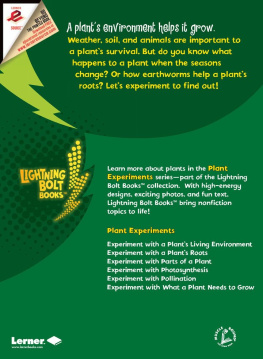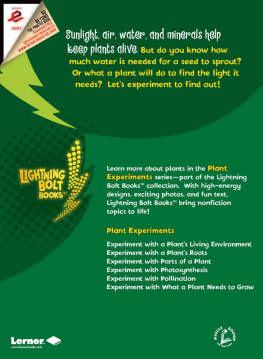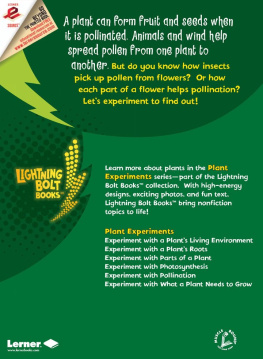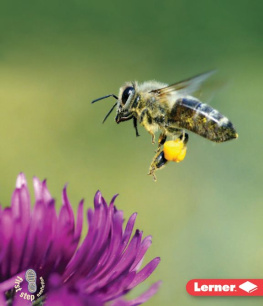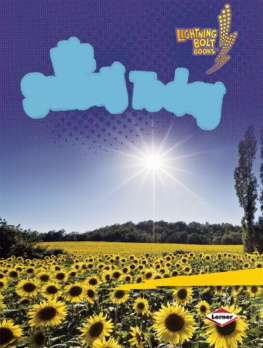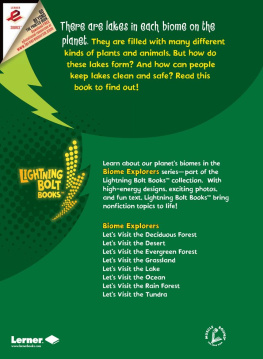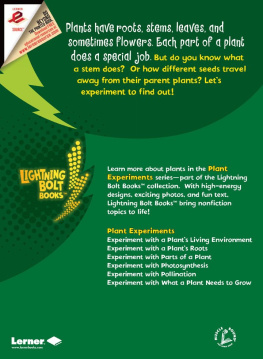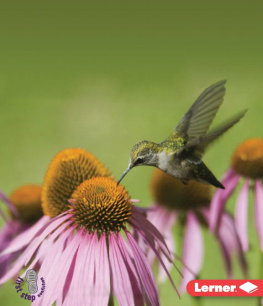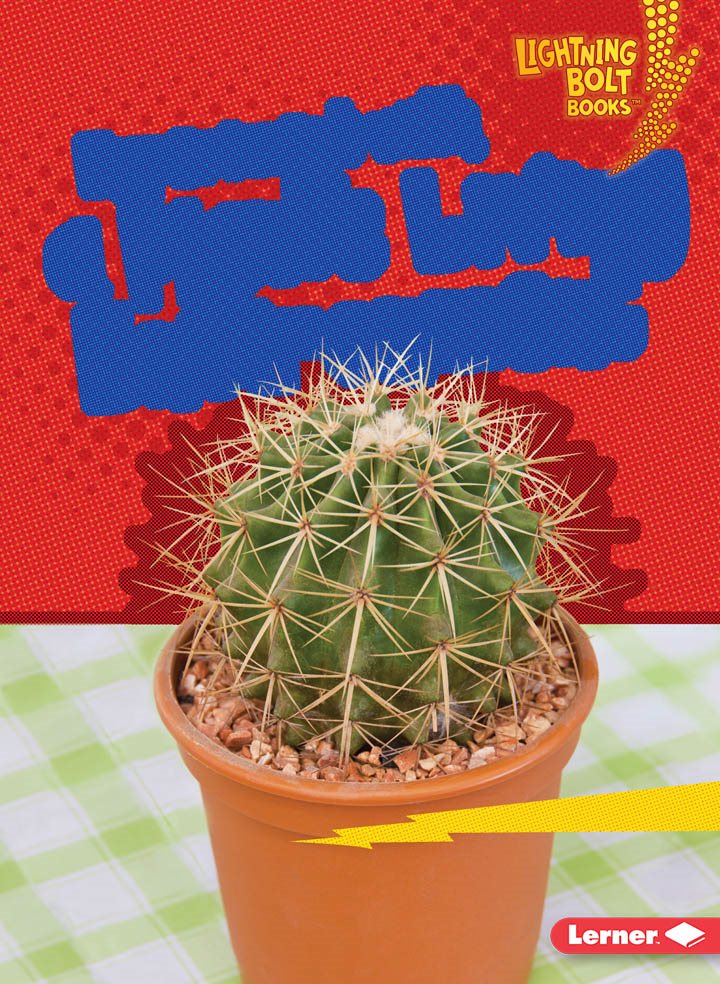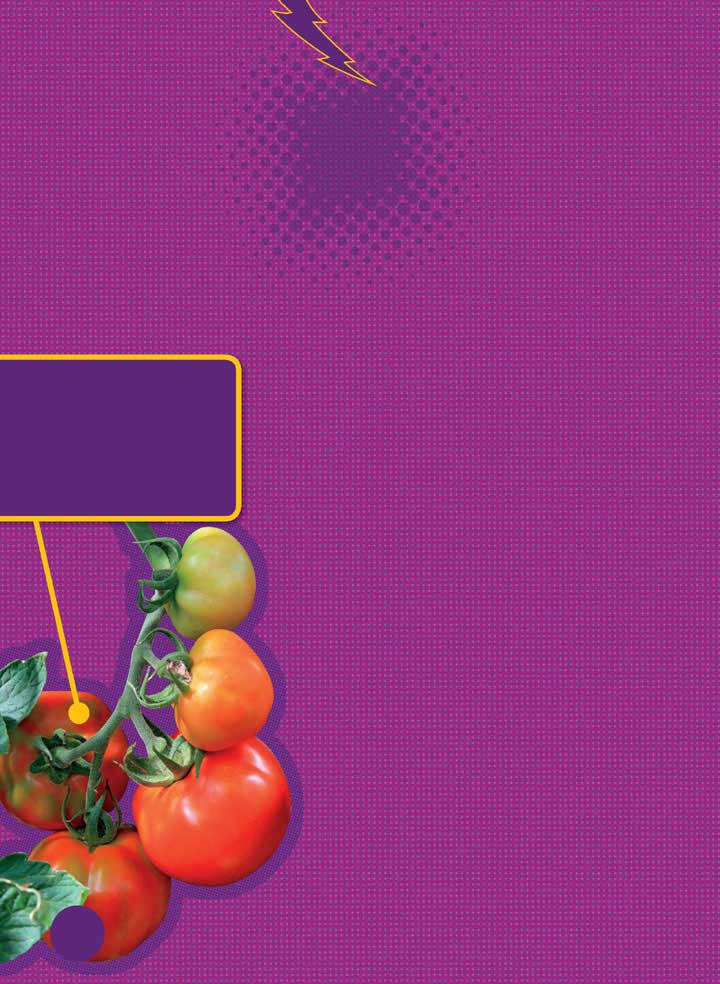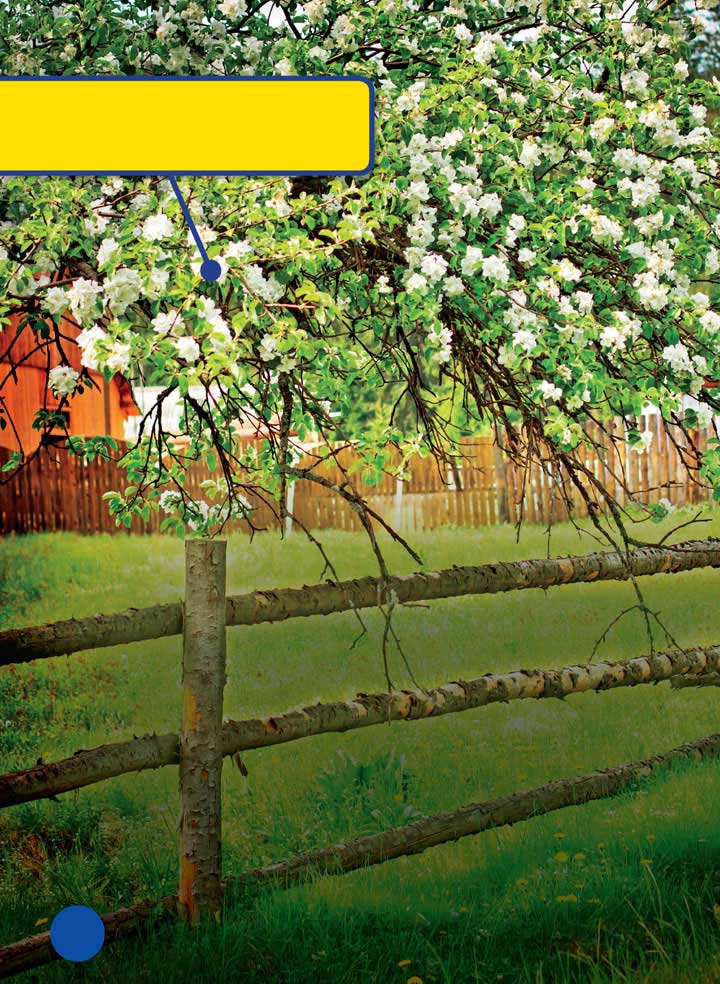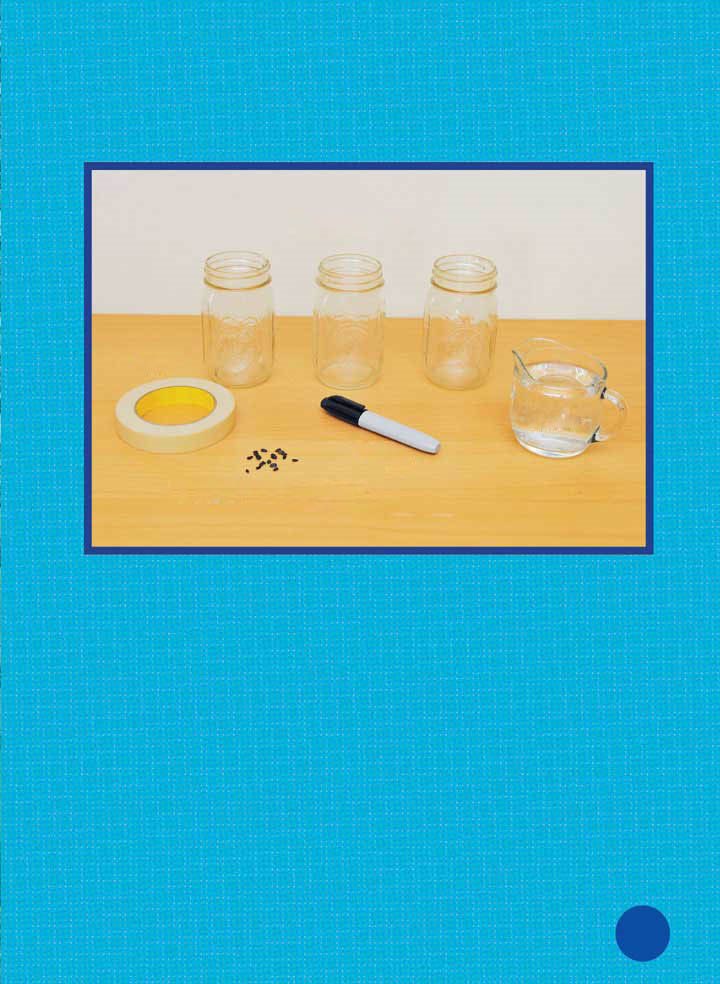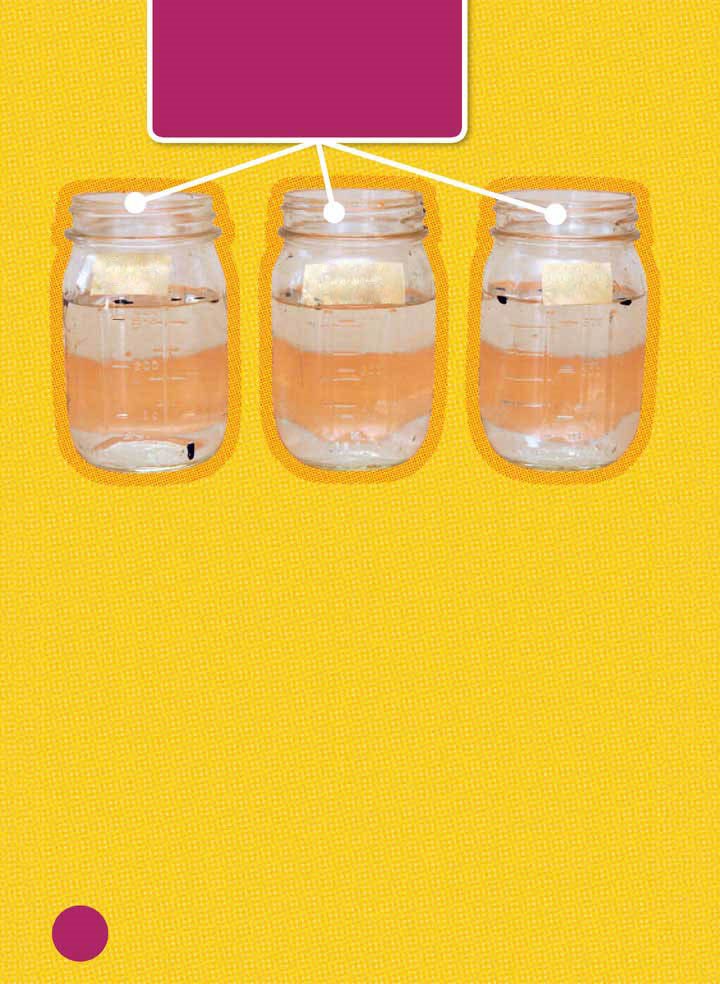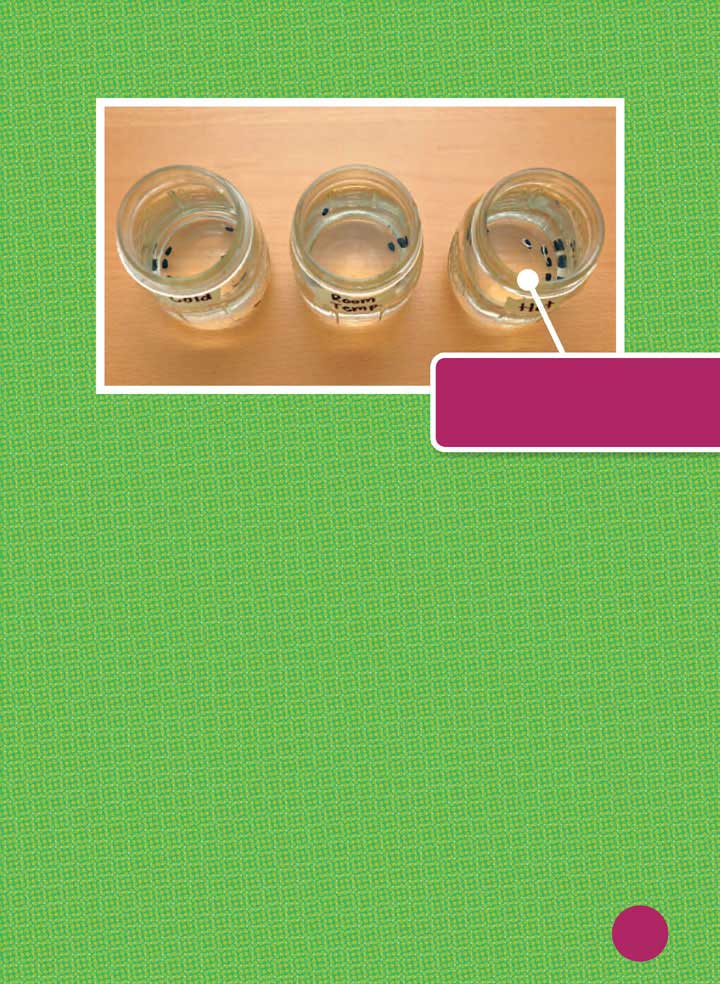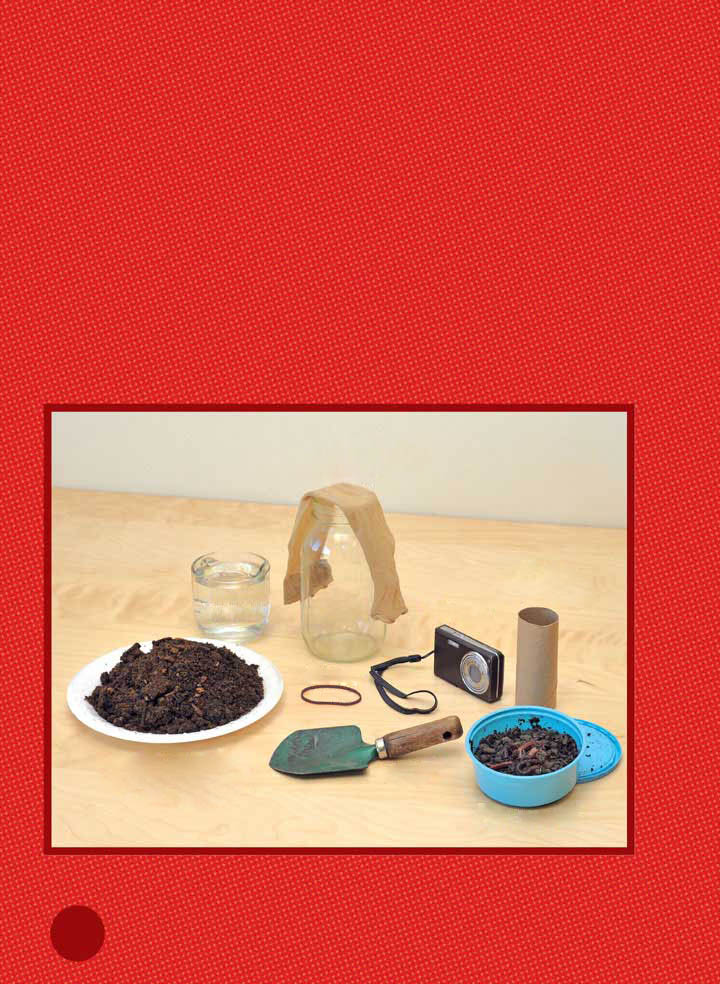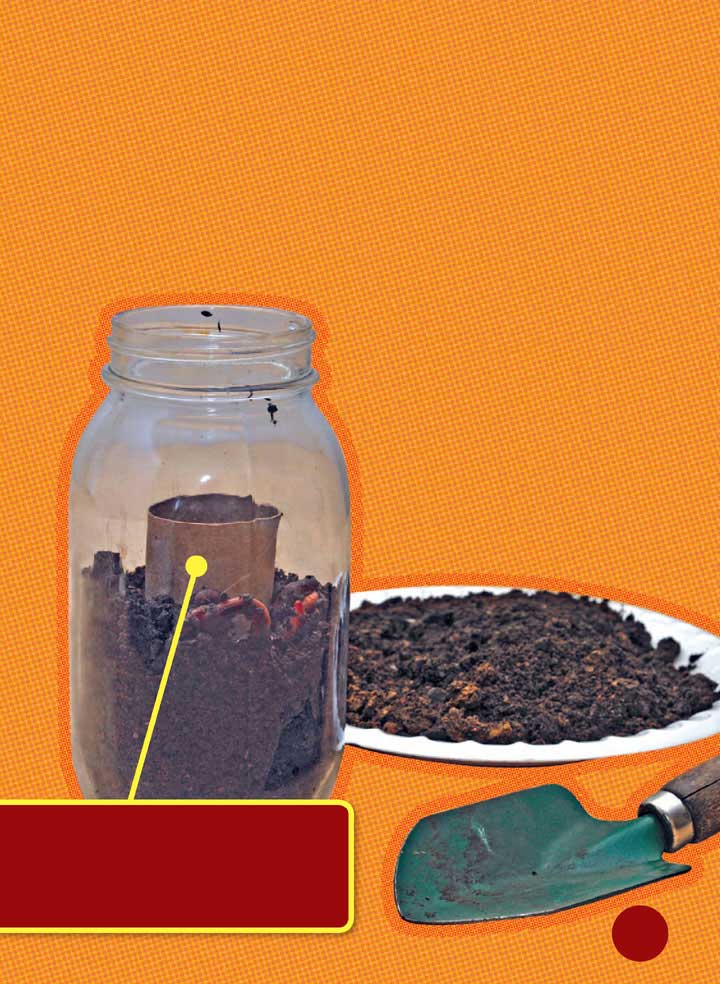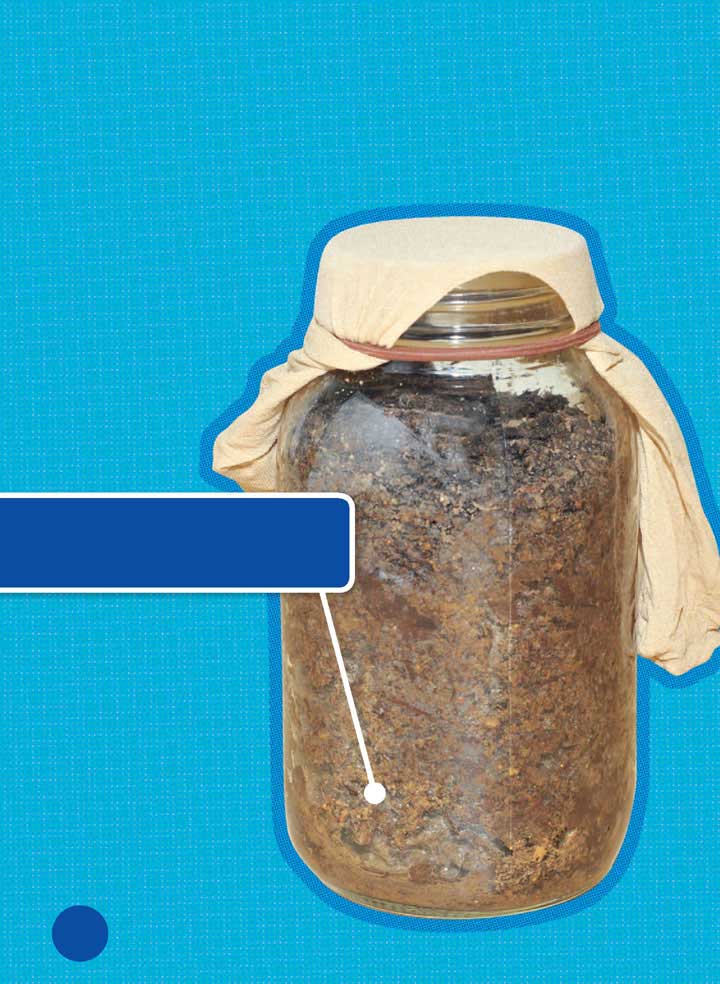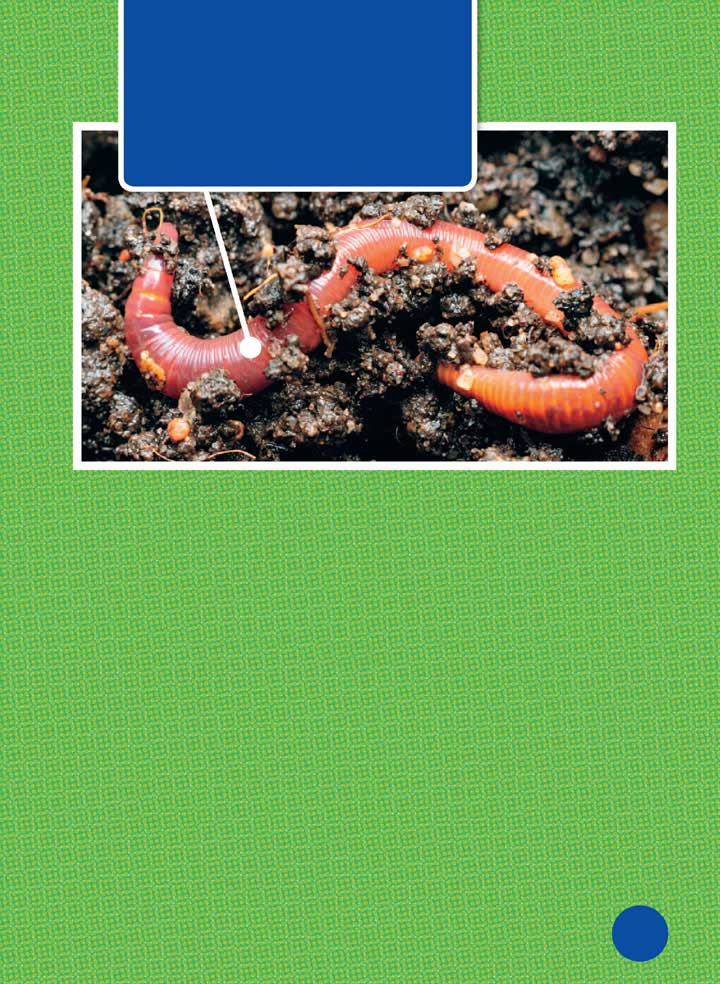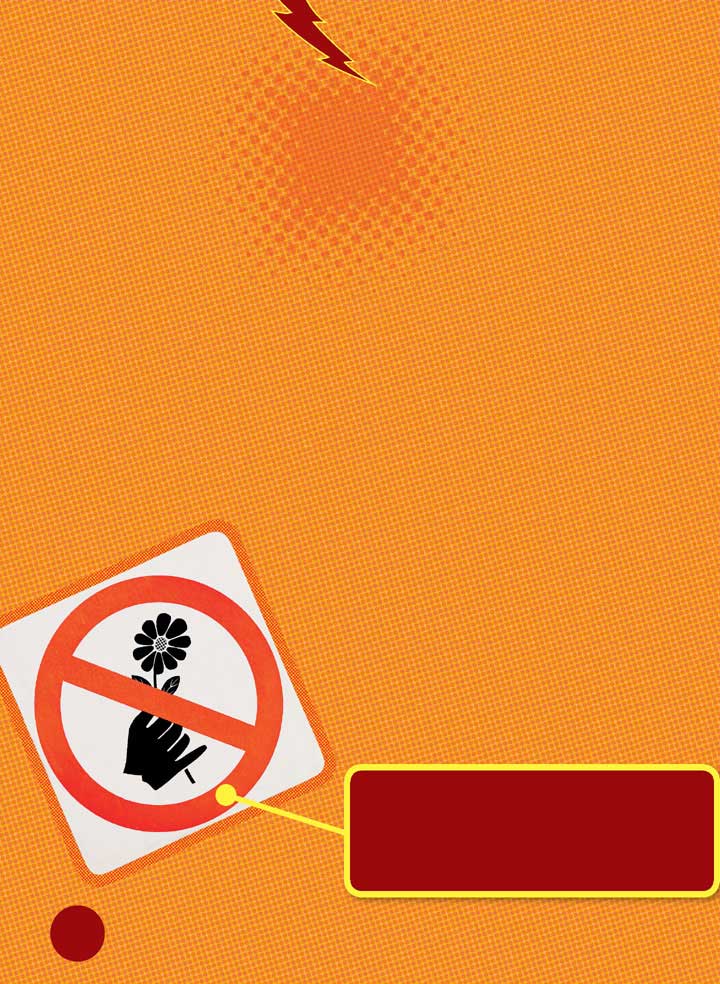Experiment
with
a
Plants
Living
Environment
Nadia Higgins
Copyright 2015 by Lerner Publishing Group, Inc.
Content Consultant: Dr. Norm Lownds, Curator, Michigan 4-H Children's Gardens
All rights reserved. International copyright secured. No part of this book may be reproduced,
stored in a retrieval system, or transmitted in any form or by any meanselectronic, mechanical,
photocopying, recording, or otherwisewithout the prior written permission of Lerner Publishing
Group, Inc., except for the inclusion of brief quotations in an acknowledged review.
Lerner Publications Company
A division of Lerner Publishing Group, Inc.
241 First Avenue North
Minneapolis, MN 55401 USA
For reading levels and more information, look up this title at www.lernerbooks.com.
Library of Congress Cataloging-in-Publication Data
Higgins, Nadia.
Experiment with a plants living environment / by Nadia Higgins.
pages cm. (Lightning Bolt Books Plant Experiments)
Includes index.
ISBN 9781467757317 (lib. bdg. : alk. paper)
ISBN 9781467760720 (pbk.)
ISBN 9781467762427 (EB pdf)
1. PlantsExperimentsJuvenile literature. I. Title. II. Series: Lightning bolt books.
Plant experiments.
QK52.6.H54 2015
5580.78dc23
2014020915
Manufactured in the United States of America
1 BP 12/31/14
Table
of
Contents
How
Does
Temperature
Affect
Seeds?
You water tomato
seeds, and they
sprout. Sunlight
makes them grow.
Hungry caterpillars
eat some of the
plants, but the rest
shoot up in the
rich soil.
Summers heat
turns your
tomatoes red
over time.
Gardeners help
seedlings grow by
watering them.
Your tomato plants change with
their environment. A plants
environment includes nonliving
things, such as soil, water, heat, and
light. Living things, such as bugs
and gardeners, also play a role.
Sunshine and warm
weather help plants grow.
Springs arrival is a major event
for many plants. The long, warm
days turn the whole world green
again. Lets see what happens
to sunflower seeds when springs
warmth arrives.
What you need:
three clear jars
tape
marker
water
thirty sunflower seeds
Steps:
Add very cold water to the first jar.
Add room temperature water to the
second jar. With an adults help, add
boiling water to the third jar.
Label the jars using the marker and
the tape. Put ten seeds in each jar.
Label your jars "Cold,"
"Room Temp," and "Hot."
Put your jars in a spot with
little light.
Check your jars twice a day for the
next three days. Replace the hot,
cold, and room temperature water in
the jars each time you check them.
After three days, count how many
seeds sprouted in each jar.
Which jar sprouted
the most seeds?
Think It Through
Seeds sprout when the conditions
are right. For most seeds, that
means two main things: water and
warmth. In cold places, gardeners
plant seeds in spring when the
ground is warm enough. Spring
rains bring water.
How Do
Worms
Help
Plants?
Animals would die without
plants. Plants give off oxygen
that animals breathe. Plants
also provide food for animals.
Grasses provide food
for this elephant.
Animals are part of a plants
living environment. Some
animals help plants.
Bees help plants. They spread
pollen from flower to flower
so plants can make seeds.
Letsfindoutwhyearthwormsareknownasgardenersbestfriends.
What you need:
nylon
stocking
water
jar
camera
toilet
paper roll
rubber
band
garden soil
(not potting soil)
shovel
tenworms
Steps:
Sprinkle the soil with water to make
it moist. Add the worms to the soil.
Then carefully scoop the soil and the
worms into the jar with the shovel.
Put the toilet paper
roll in the jar.
Stretch the nylon
stocking over the
jars mouth. Hold
it in place with the
rubber band.
The toilet paper roll
should stand upright
inside the jar.
Put your jar someplace where its not
too bright. Next, take a picture of it.
Check your worms
over the next
two days.
Compare
the jar to
the picture
you took.
In what direction are
the worm trails moving?
When youre done with this
experiment, dump the soil
and the worms outside in a
yard or garden.
Think It Through
The worms wriggly bodies
made tunnels. The tunnels
help keep the soil loose. Roots
can grow in these spaces more
easily. Spaces in soil let in air
that roots need. Those spaces
can also hold water, so the soil
stays moist.

